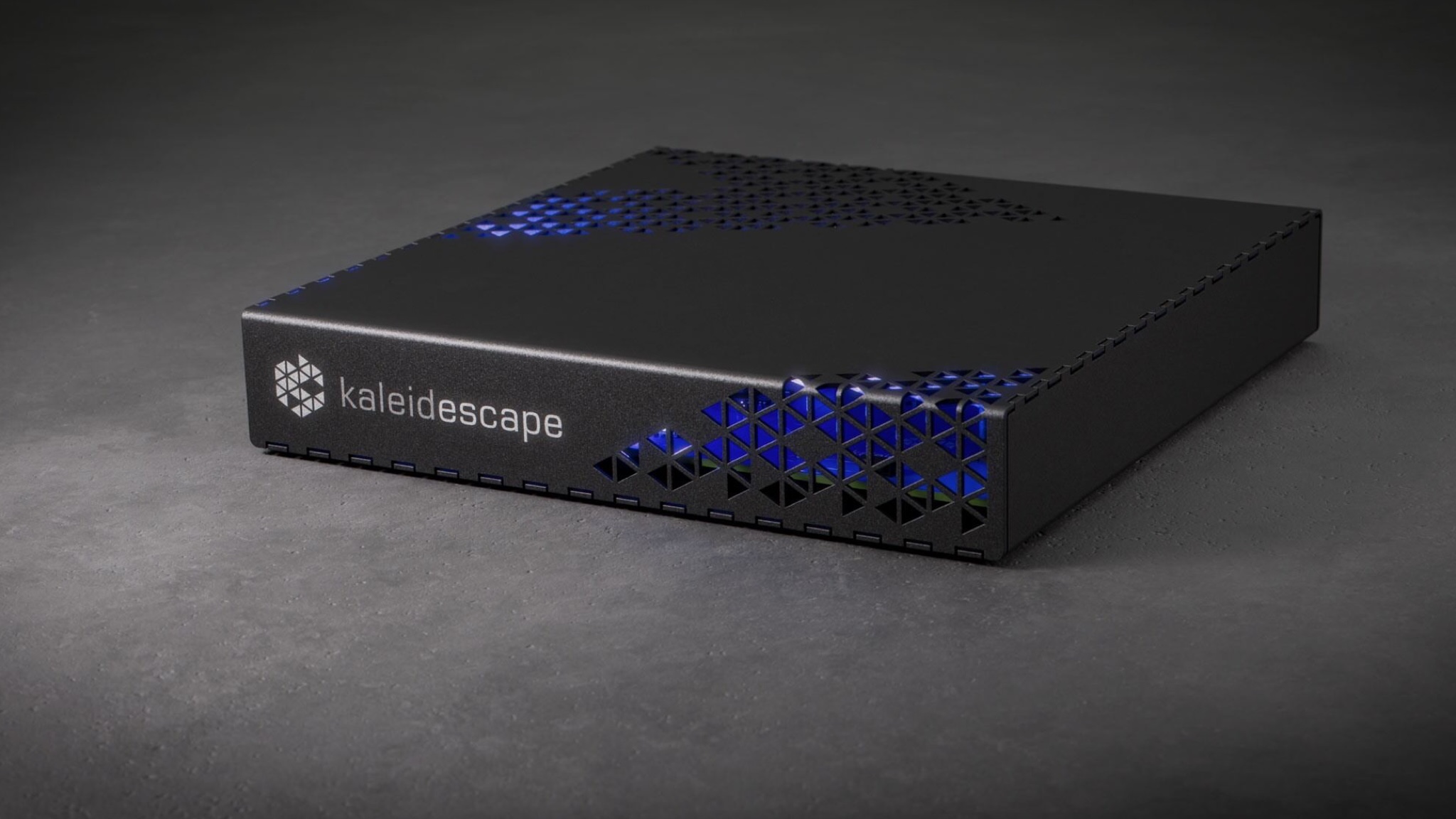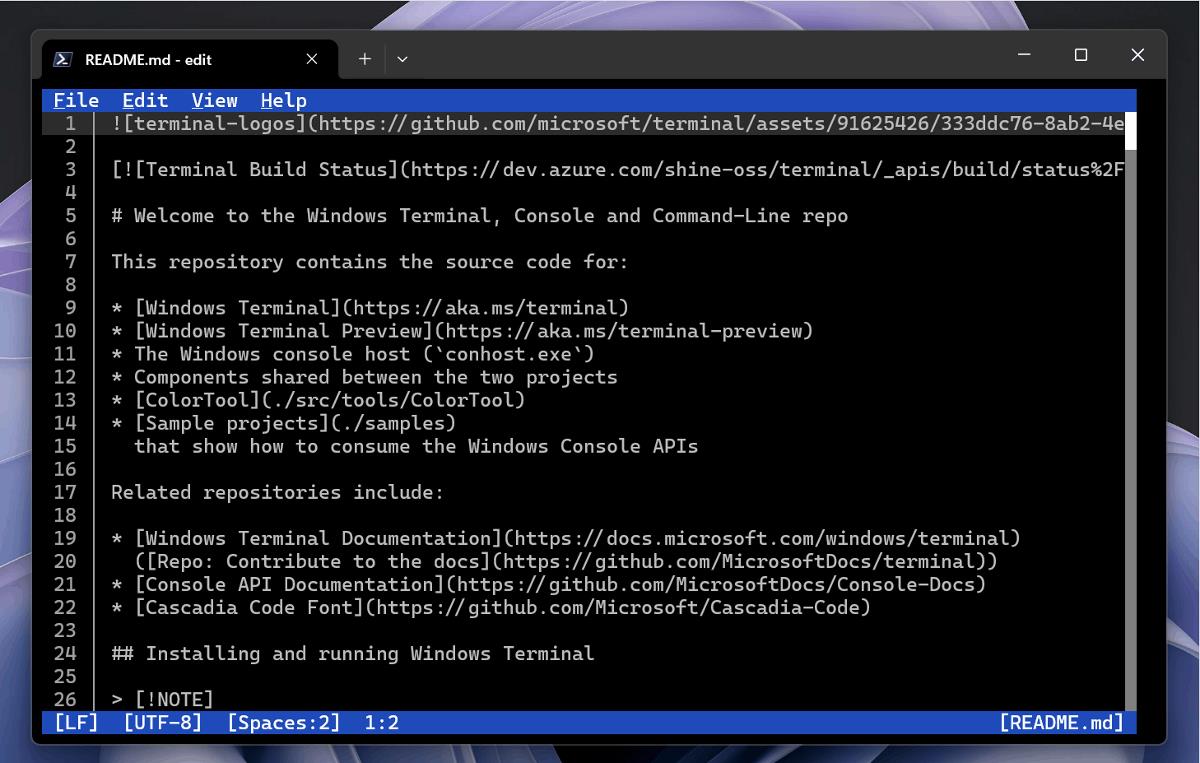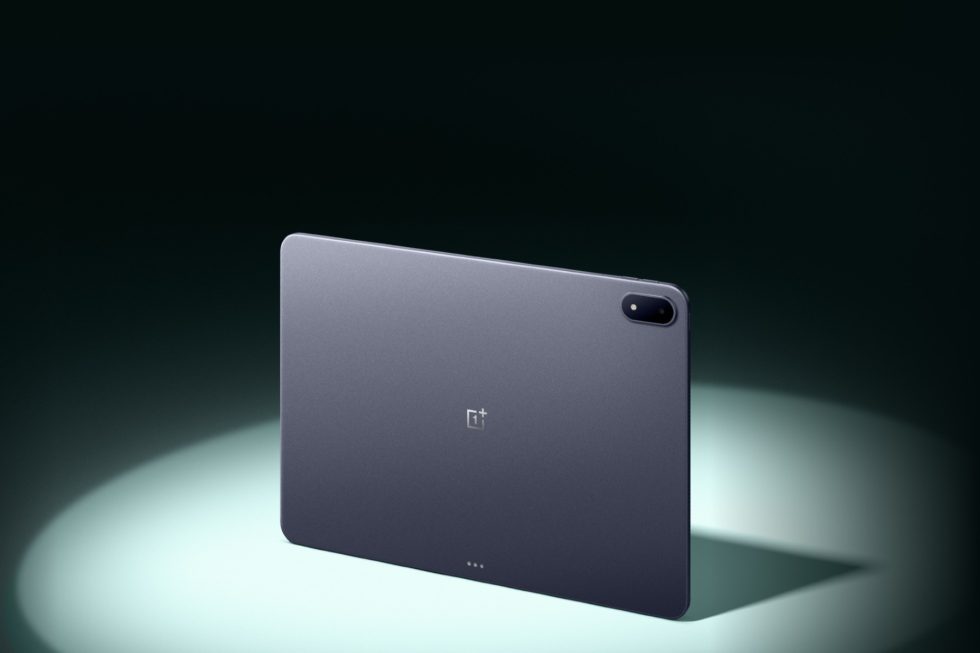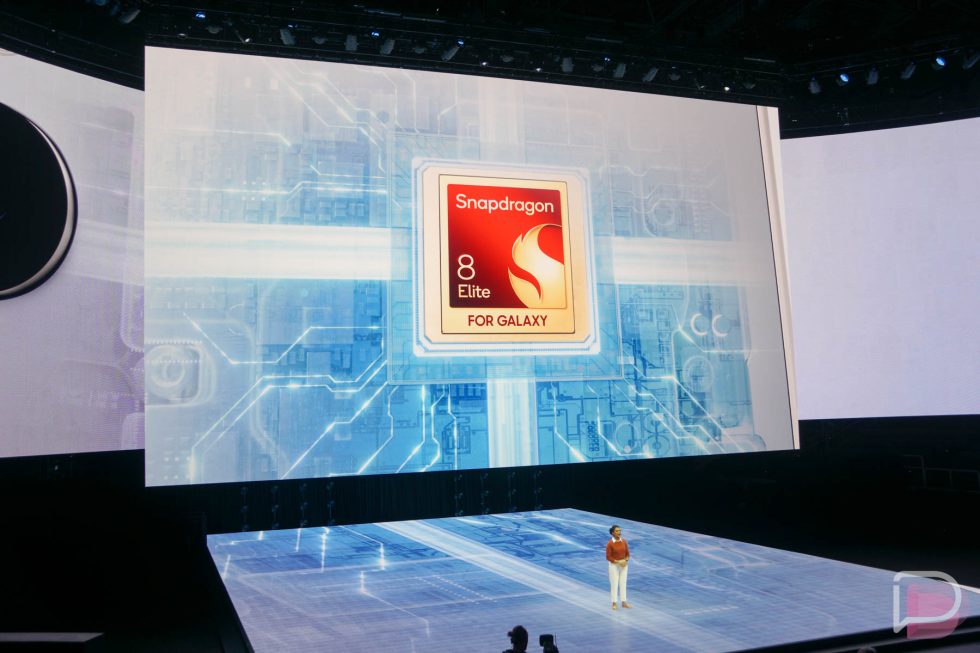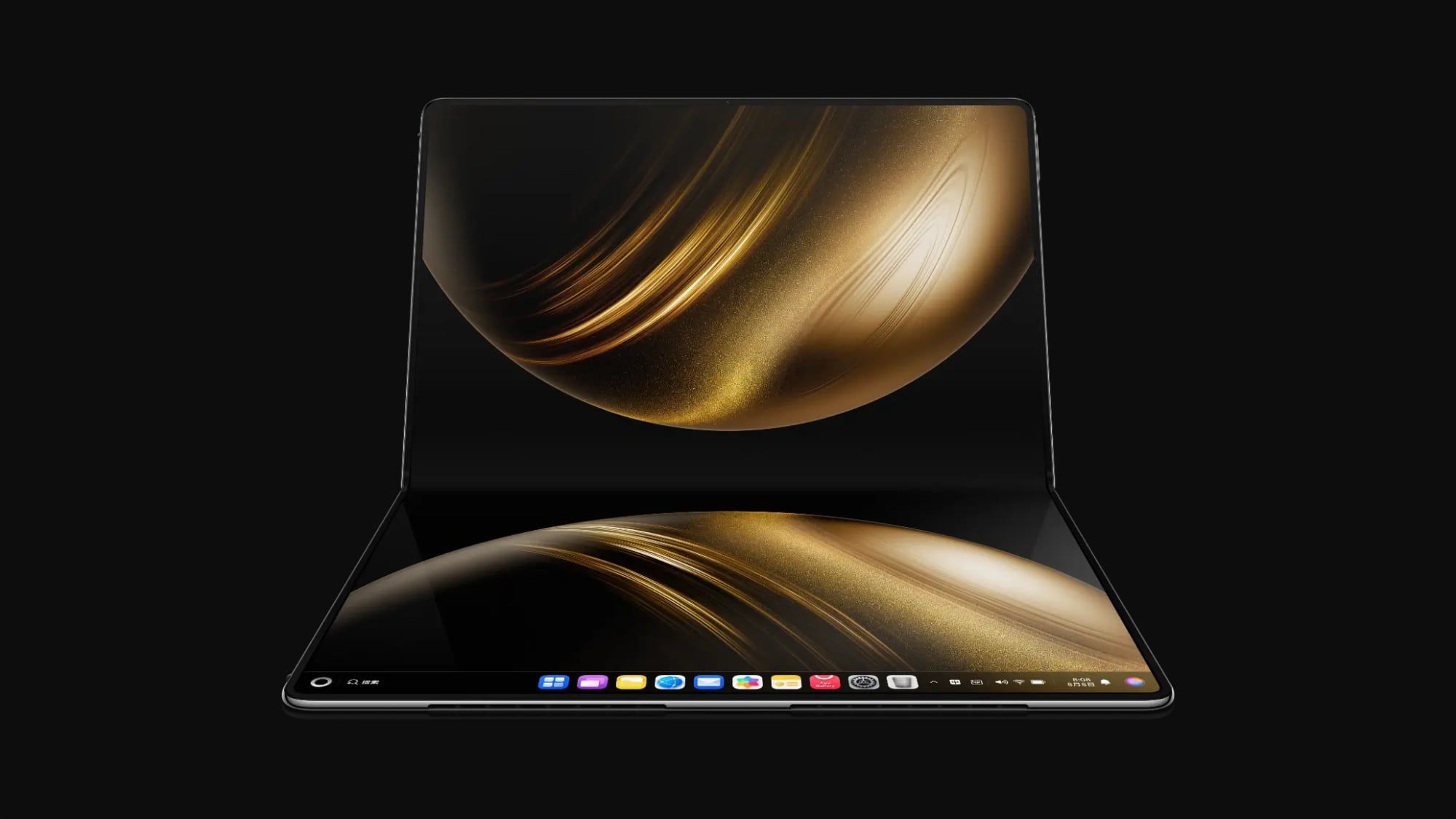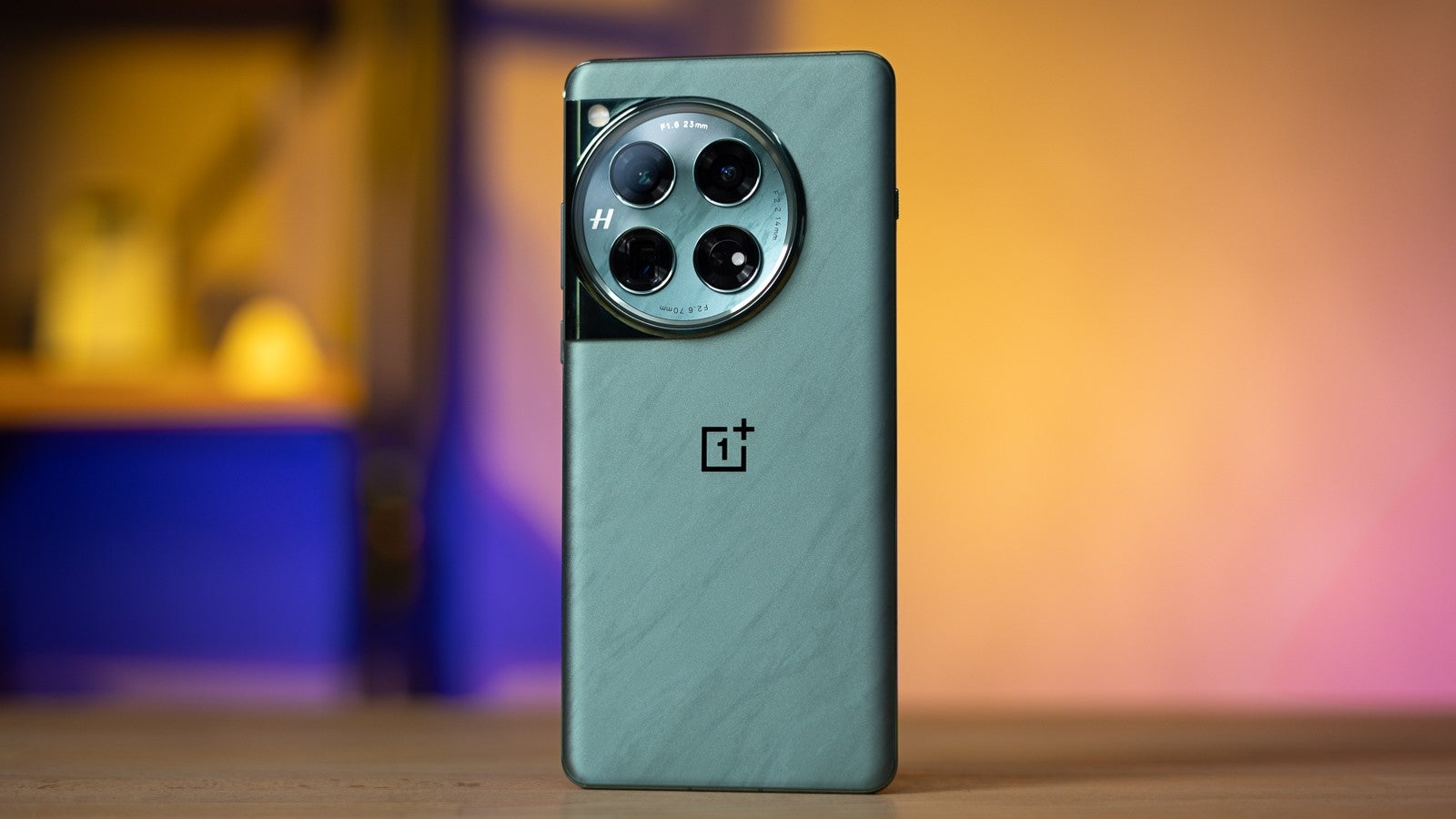From melted cables to melted ethics: NVIDIA pressures media to manipulate reviews
The post From melted cables to melted ethics: NVIDIA pressures media to manipulate reviews appeared first on Android Headlines.


NVIDIA has long been a company well-known for its powerful graphics cards, but what many people probably don’t know is that NVIDIA also appears to be applying pressure to media outlets to push a certain narrative to consumers. This reported manipulation of the media is said to be the latest tactic from NVIDIA in a string of anti-consumer practices and dishonest statements.
Details about NVIDIA’s media manipulation tactics come from Gamers Nexus, which recently reported on NVIDIA’s attempts to manipulate reviews of its newest graphics cards. In the editorial, Gamers Nexus’s Steve Burke leaves nothing on the table, revealing what appears to be a very problematic company culture where NVIDIA bullies its partners into doing what it wants, or else.
NVIDIA bullying its partners is nothing new. If you’ve been around PC gaming long enough, you may remember a little company called EVGA. EVGA used to make some of the best NVIDIA GPUs available. It no longer makes GPUs after a falling out with the company over NVIDIA’s poor treatment of partners. This happened years ago, so this kind of behavior is not new for NVIDIA. Though this does appear to be the first time NVIDIA has been openly accused of trying to force media to provide certain information that it wants to focus on. In this case, NVIDIA is very keen on reviewers putting a large emphasis on multi-frame generation 4x and DLSS 4.
NVIDIA attempts to pressure media to show Multi-Frame Generation 4x performance figures in reviews
When it comes to reviews, as a consumer, you want to know that the review you’re reading or watching is ethical and honest. After all, you’re likely consuming that content because you’re interested in buying the specific product that the review is talking about. According to Gamers Nexus, NVIDIA has been threatening access to hardware samples and interviews if it didn’t include MFG4X performance figures. Gamers Nexus says that NVIDIA initially requested these figures be included in the review. Gamers Nexus refused on the basis that including those figures when doing a review on hardware performance would be unethical and “ultimately be dishonest.”
NVIDIA’s response was to threaten Gamers Nexus by revoking access to a couple of thermal engineers with whom the channel has routinely done interviews. These interview videos are apparently a popular segment for Gamers Nexus. With Burke stating that he and his team genuinely enjoy working with both engineers, and NVIDIA knows this. And since threatening access to hardware samples didn’t convince Gamers Nexus to bend to NVIDIA’s whims, the company has gone after what it thinks will make a bigger impact.
This kind of tactic isn’t necessarily unique to NVIDIA. Burke mentions that AMD used to do something similar by threatening access to hardware samples if a certain narrative wasn’t focused on. That is, until the top executives who were trying to push this narrative were fired.
A pattern of problematic decisions and outcomes
NVIDIA may still be a household name in the GPU space. However, the goodwill it fostered with gamers over decades seems to be dwindling away with each new GPU generation. Increasingly higher prices for minimal hardware upgrades are just the tip of the iceberg. Higher costs are certainly frustrating for consumers, sure. But it gets much worse when those inflated prices are paired with what very much appears to be artificially manufactured limited availability. Causing consumers to fight tooth and nail to acquire a new GPU because there’s “only so much to go around.”
The real problem with this limited availability is the influx of scalpers. They buy up as much stock as possible from what little stock was made available for purchase. Thereby forcing prices to increase even more because scalpers are taking advantage of the market.
Putting all of that aside, consumers are met with even more issues. For example, RTX 4090 GPUs melting power connector cables. Which, by the way, happened again with the RTX 5090. These aren’t cheap problems. As RTX 4090 and RTX 5090 cards were set at MSRP of $1,599 and $1,999, respectively. That’s even assuming you could get one at MSRP. NVIDIA has also had an increasing problem with unstable drivers. Which, in some cases, are causing PC crashes.
RTX 4090 performance at $549
Then, of course, there’s the manipulation of the consumer and now the media. On the consumer side, by stating that an RTX 5070 provides RTX 4090 performance at a fraction of the price. That was, of course, not true. As evidenced by reviews from Gamers Nexus and other media outlets. This isn’t to say that Multi-Frame Generation 4X isn’t an impressive feature. It is. But one thing it isn’t is completely honest. NVIDIA appears to be trying to spin a narrative that its latest GPUs are a massive hardware upgrade over the previous generation. While there are improvements, those improvements are not as big as NVIDIA would have you believe. Gamers Nexus and other outlets have tried to shine a light on that. NVIDIA, however, wants to cast a shroud over those honest reviews by putting pressure on the media.
Refusing to cooperate with its narrative now seems to put the media at risk of losing access. And it’s not a good look.
The post From melted cables to melted ethics: NVIDIA pressures media to manipulate reviews appeared first on Android Headlines.














































































































































































![[The AI Show Episode 148]: Microsoft’s Quiet AI Layoffs, US Copyright Office’s Bombshell AI Guidance, 2025 State of Marketing AI Report, and OpenAI Codex](https://www.marketingaiinstitute.com/hubfs/ep%20148%20cover%20%281%29.png)


![[The AI Show Episode 146]: Rise of “AI-First” Companies, AI Job Disruption, GPT-4o Update Gets Rolled Back, How Big Consulting Firms Use AI, and Meta AI App](https://www.marketingaiinstitute.com/hubfs/ep%20146%20cover.png)









































































































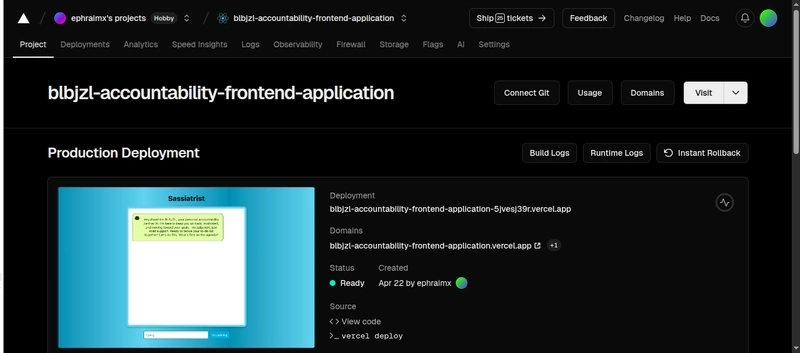

















![How to make Developer Friends When You Don't Live in Silicon Valley, with Iraqi Engineer Code;Life [Podcast #172]](https://cdn.hashnode.com/res/hashnode/image/upload/v1747360508340/f07040cd-3eeb-443c-b4fb-370f6a4a14da.png?#)






















































-(1).jpg?width=1920&height=1920&fit=bounds&quality=70&format=jpg&auto=webp#)

























































.jpg?#)




.png?width=1920&height=1920&fit=bounds&quality=70&format=jpg&auto=webp#)






















































































































![What’s new in Android’s May 2025 Google System Updates [U: 5/19]](https://i0.wp.com/9to5google.com/wp-content/uploads/sites/4/2025/01/google-play-services-1.jpg?resize=1200%2C628&quality=82&strip=all&ssl=1)











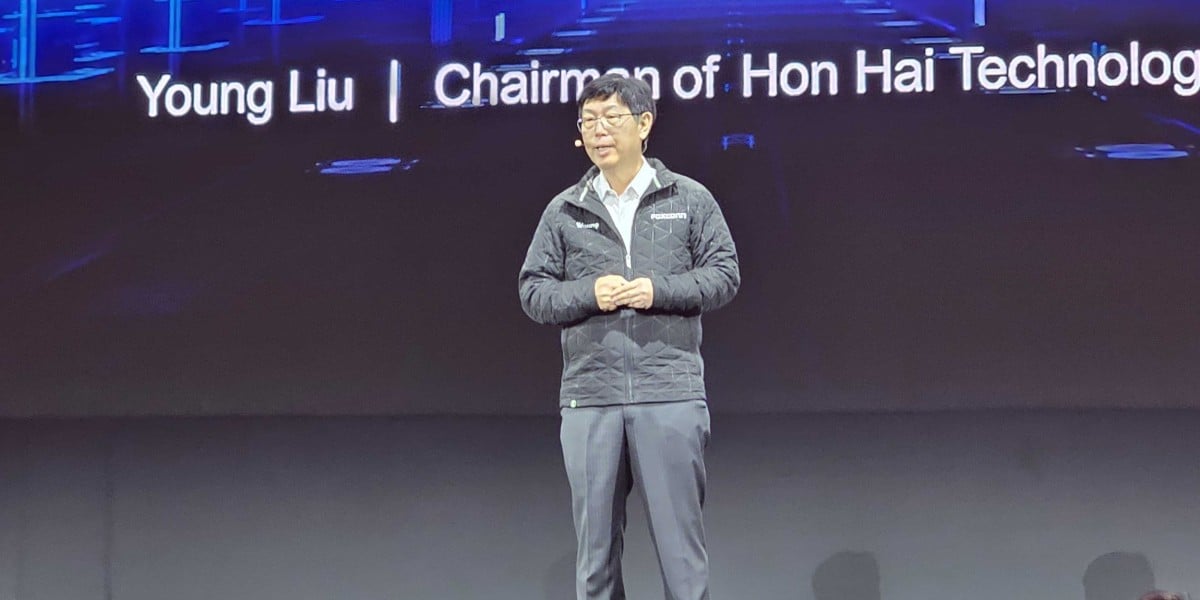





![Apple's iPhone Shift to India Accelerates With $1.5 Billion Foxconn Investment [Report]](https://www.iclarified.com/images/news/97357/97357/97357-640.jpg)
![Apple Releases iPadOS 17.7.8 for Older Devices [Download]](https://www.iclarified.com/images/news/97358/97358/97358-640.jpg)
















